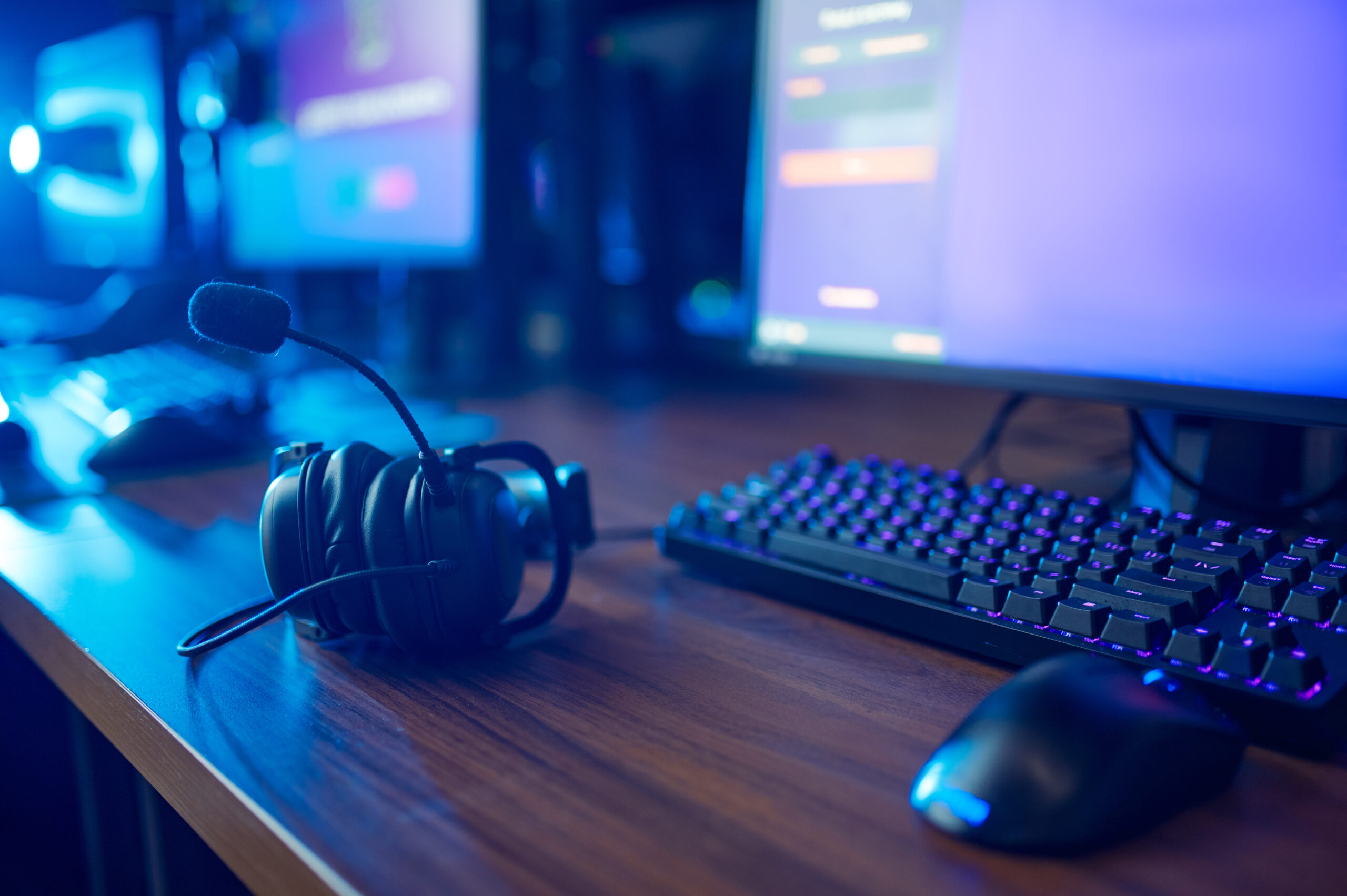Getting anew monitor can be a rather challenging task even though the variety of electronics is extremely large today. This is exactly why it is so complicated to make the right choice as many companies are trying to innovate their products improving their parameters. While some of these parameters will be extremely crucial for you as a graphics designers, others will be of no practical usage and you will be able to save some money on them.
Contrast Ratio
In the times, where those bulky contemporary CRT monitors were prevalent, which had lasted even until the time LCD hit the market. These bulky monitors lasted as long as mid to late 2000s simply because the early LCD monitors could not provide the rich colour saturation and contrast those CRT could provide.
Over time as the LCD technology grew and advanced, these LCD monitors has advanced so much that overthrown the CRT off the throne. A good contrast ratio is generally the difference between the darkest and lightest spots which is the monitor is capable of is something around 450:1. Still you will find monitors that are in the market with the LCDs as low as 250:1 and as high as 1000:1.
Manufacturers of LCD monitors market Dynamic Contrast Ratio ( DCR) number for their monitors. This is a measurement of full white screen and a totally black screen. This leads to much higher number than the general standard of contrast ratio. There are monitors whose contrast ratio is 1000:1 but the dynamic contrast ratio goes to 20,000:1.
Well, generally although it sounds “That must be greater than the standard contrast ratio”, it does not matter. A dynamic contrast ratio does not necessarily affect the view. Pay attention to the standard ratio. This is just some marketing strategy to sound insane and stuff.
Colour Depth
Colour depth is the amount of colour the LCD panel can pull off for the display. Looking back at the old TN monitors, they used a 64-bit panel. Meaning of the Red, Green , blue had 64 colour variations available to it. Now, with all of these modern monitors, you have 8-bit panel with 256 colours per channel. This is insanely much better than the old TN panels. This is also marketed as 24- bit colour, which to break down in calculation, are able to display whooping 16.7 million colour variations.
Now we also have high-end monitors, where the panel goes up to 10-bit which displays 1024 variants of colours. Which is terms of number, 1 billion colour variations. What else do you need if you are a graphic designer or gamer and digital artist? The difference will be felt in few seconds or minutes if you make a transition from lower to high-end monitors.
With these, you can be your own judge now before you invest in your next monitor. Take notes, highlight the core ideas here, save it and use it for your next upgrade or purchase. This knowledge can help you a lot in the market, also you will be able to detect the genuine tech person and just a sales person who just want to sale you something. Hope you find this helpful.

